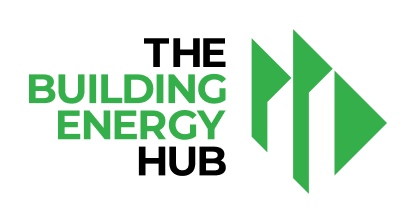Grid Decarbonization and City and State Goals
The bulk of Illinois’ electricity originates from carbon-free sources; Illinois generates more electricity from nuclear energy than any other state, with nuclear accounting for 58% of electricity generation in 2020. Coal has remained the second-largest energy source for electricity generation but has been declining since 2009.
As a building owner, you should be familiar with the Climate and Equitable Jobs Act (CEJA), which sets ambitious clean energy targets for the State of Illinois: 40% renewable energy by 2030, 50% by 2040, and 100% clean energy future by 2050. The plan also calls for the decommissioning of fossil-fuel electricity production by 2045.
These targets will play a big role in the emissions generated from electricity, both now and in the future, which directly affects the carbon impacts of your building. As the grid gets cleaner, electrification will result in lower carbon emissions compared to onsite combustion. Knowing the carbon goals of your city, state, and other institutions is crucial to your support of decarbonization efforts.
In order to achieve 100% clean energy future by 2050, CEJA establishes funding sources to support these goals, including $380 million per year towards investing in new renewable energy (with 40% of benefits and investments in solar power, electric vehicles, and the grid being directed to environmental justice and low-income communities), $82 million per year towards workforce and contractor development programs focused in equity-eligible communities, and $41 million per year to support communities formerly dependent on fossil fuel and incentivize solar and energy storage projects at the sites of closed (or soon-to-close) power plants. Additionally, CEJA expands the Illinois Solar for All Program to $50 million per year, and requires coordination of Solar for All with complementary energy efficiency and job training initiatives.
One key outcome of CEJA was the creation of the Illinois Finance Authority Climate Bank to finance clean and sustainable development projects. A key role of the Climate Bank is to ensure that the investments and benefits of a clean energy economy are distributed equitably, with a particular emphasis on addressing historic inequities by prioritizing financing for Minority Business Enterprises and organizations supporting low-income, BIPOC, and environmental justice communities.
The Illinois Clean Jobs Coalition (ICJC), which is a group of organizations that work together to improve environmental, equity, and public health outcomes across the state, was instrumental in helping to pass CEJA legislation. Learn more about CEJA and ICJC’s efforts to advance the clean energy transition here.
Climate and Equitable Jobs Act Overview
Signed into law in September 2021, Illinois’s Climate and Equitable Jobs Act takes a comprehensive approach to building a clean energy future by establishing initiatives within the following topic areas:
- Jobs and Economic Justice
- Renewable Energy
- Inclusive Financing
- Energy Efficiency
- Carbon-Free Power
- Electric Transportation
- Just Transition for Fossil Fuel Communities
- Utility Accountability, Grid Planning, and Low-income Relief
- Utility Accountability, Grid Planning, and Low-income Relief
Climate Goals of Illinois and Its Cities
- The City of Chicago released an updated Climate Action Plan (CAP) in 2022 outlining ambitious goals to reduce carbon emissions, improve community health, improve economic inclusion and household utility savings, and advance environmental justice efforts. Central to the CAP is a 62% reduction in Chicago’s carbon emissions by 2040. Additionally, Chicago aims to transition to a fully electric City fleet, enable 2,500 new public passenger electric vehicle charging stations, and achieve 100% clean renewable energy by 2040.
- In addition to transitioning to 100% clean energy by 2050 as outlined in CEJA, the State of Illinois has committed to adhering to the United States’ Paris Climate Agreement emissions target to reduce greenhouse gas emissions 50-52% below 2005 levels by 2030, and to reach net-zero emissions no later than 2050. For Illinois, this would mean reaching annual emissions between 136.1 and 141.8 MMTCO2e per year by 2030. This goal remains in place despite the United States pulling out of the agreement in the first and second Trump Administrations. To learn more, see the State of Illinois Priority Climate Action Plan.
- The Chicago Region CAP, as established through the
Metropolitan Mayors Caucus and the
NOAA Climate Program Office in 2021, commits to reducing greenhouse gas emissions at least 80% from 2005 levels by 2050, ultimately aiming to achieve net zero greenhouse gas emissions. Additionally, the Chicago Region CAP aims to have cohesive, resilient communities by 2050, with objectives to advance climate resilience and equity through community engagement, implement policies centering resilience and adaption, and prepare operations and investments for future climate conditions.
Greenhouse Gas Emissions and Commercial building Electrification
Today, the transportation, commercial, residential, and industrial sectors contribute high levels of GHG emissions in Illinois. While the proportion of commercial building emissions is less than other end uses, each of these sectors must be decarbonized to meet the state’s long-term goals.
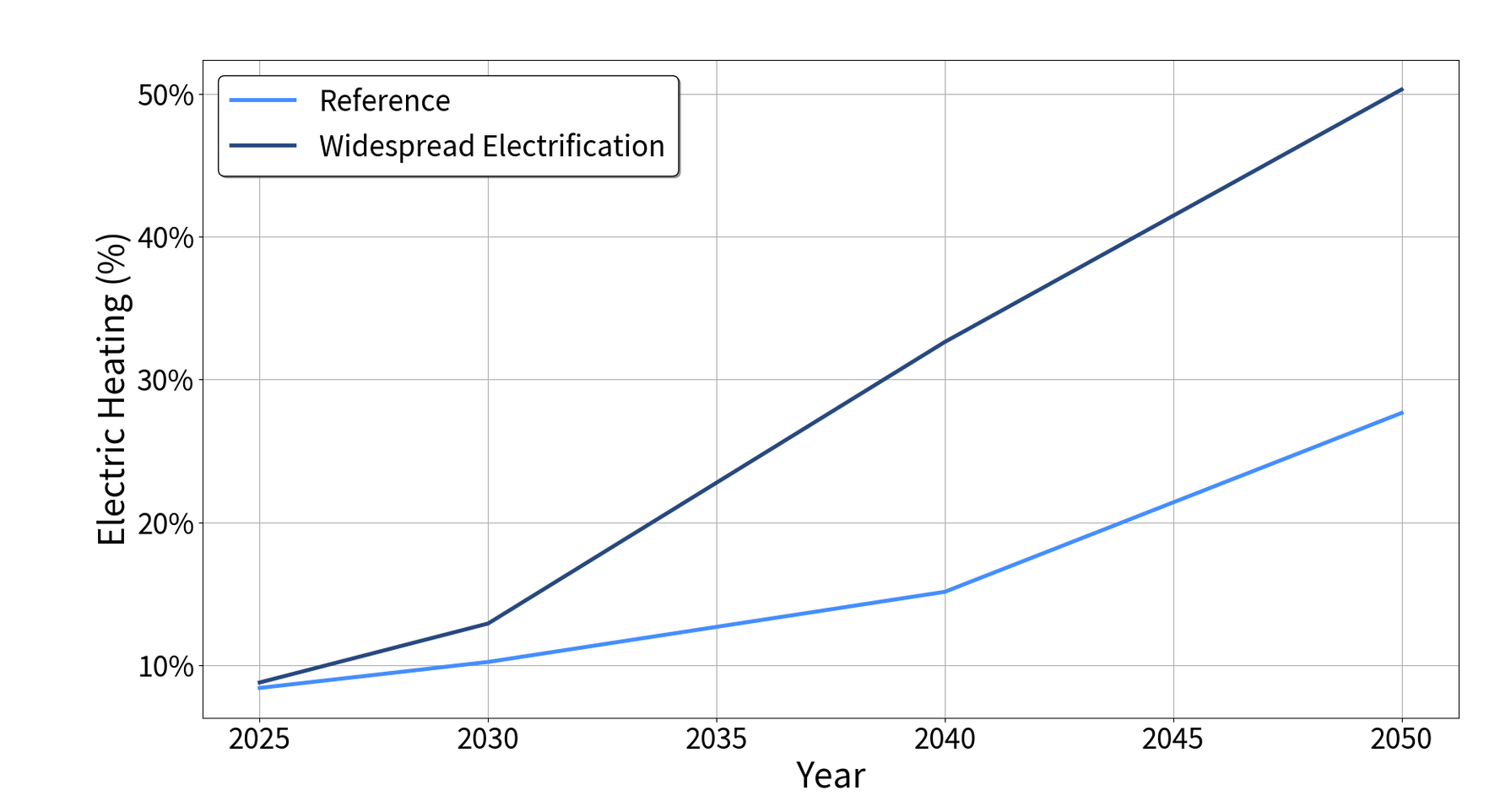
Compared to 2005 levels, widespread electrification will achieve a 75.06% reduction in emissions by 2050. That’s more than the 67.04% reduction in emissions by 2050 we’d see without widespread electrification.
While commercial heating electrification can be challenging, GHG emissions are additive and cumulative, so the work you do now can help set the stage for reducing GHG emissions even further, both now and into the future.
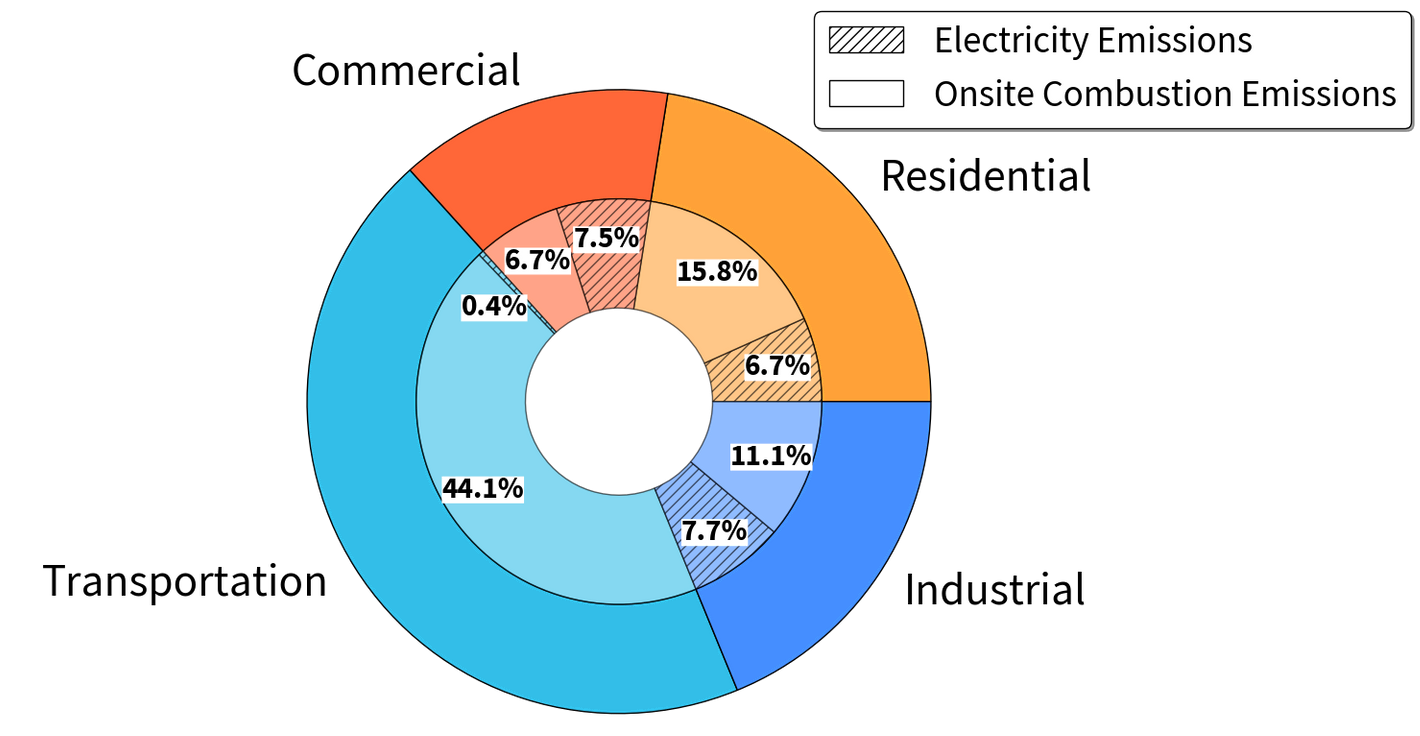
Decarbonizing will require a combination of efficiency and electrification of combustion-based heating within a clean electricity grid.
Electrifying our heating will increase the savings potential as the grid continues to get cleaner. In the following chart, the reference case estimates that just over 8% of total space heating is electric in 2025, with this proportion increasing to 27.66% by 2050. However, under the widespread electrification case, electric space heating would nearly double to 50.3% by 2050.
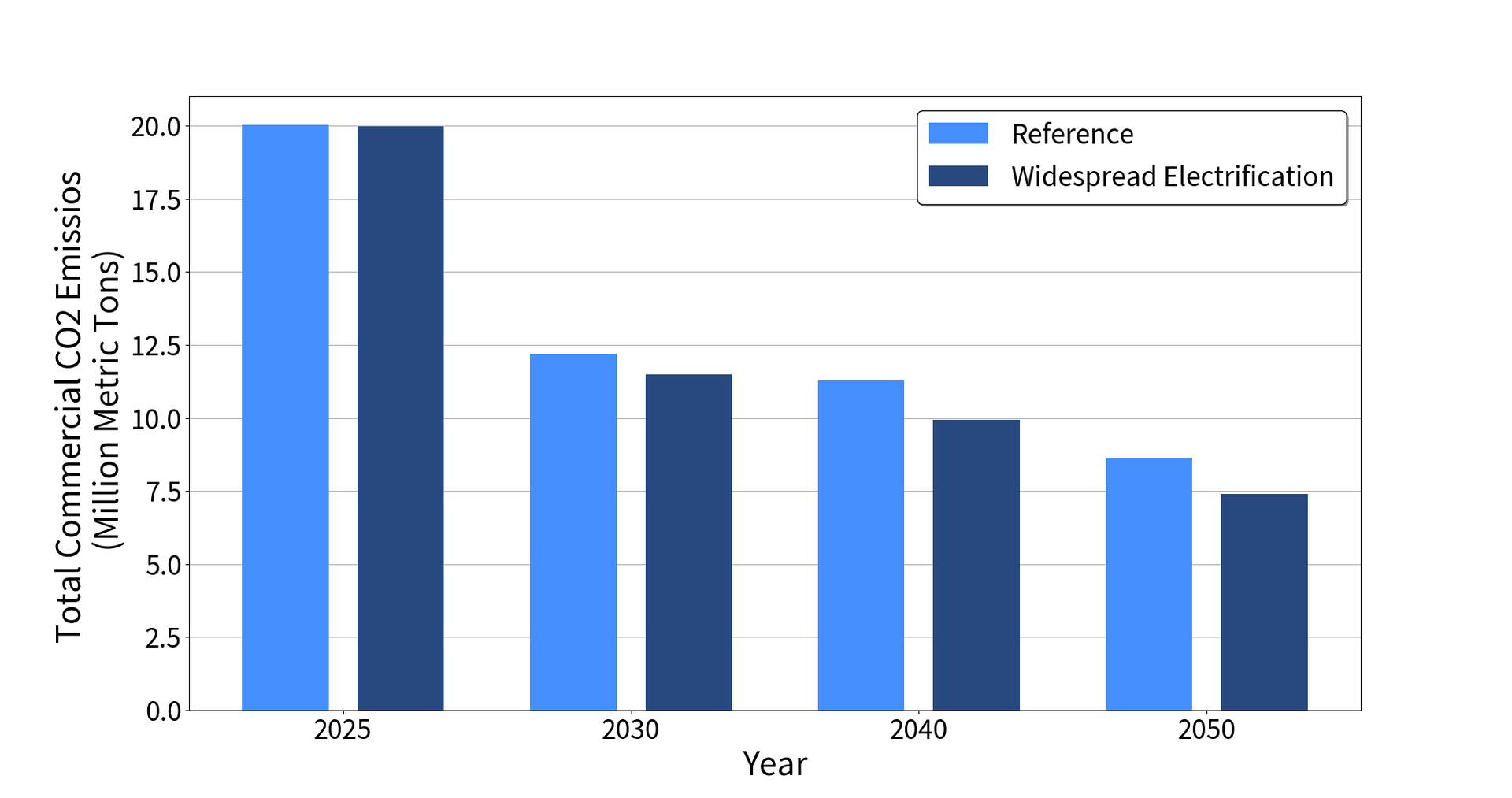
Illinois Stretch Energy Codes
As part of the passage of CEJA in 2021, the State of Illinois tasked the Illinois Capital Development Board (CDB) with developing a new statewide stretch energy code for commercial and residential buildings. A stretch code is an energy code with provisions that require newly constructed buildings (as well as major renovations or additions) to have a higher level of energy efficiency compared to buildings built to the state base energy code.
As of January 1, 2025, Illinois municipalities will have the option to adopt one or both of the commercial and residential stretch energy codes, which if formally adopted will require all new buildings to be built to the stretch code instead of the state base code. Every three years, the state will release new versions of the stretch codes to ensure continuous improvements in building efficiency over time.
By adopting the stretch code, municipalities can benefit from greater energy savings and non-energy benefits tied to building efficiency, such as improved thermal comfort and indoor air quality. As more municipalities adopt the Illinois stretch code over time, you can expect more uniform code enforcement and education efforts from community to community, greater market acceptance of emerging technologies and strategies, and a stronger commitment to climate action and emissions reduction goals across Illinois.
Building Performance Standards
Another type of advanced building energy policy called Building Performance Standards (BPS) seeks to improve the energy efficiency of existing buildings. BPS policies mandate that all existing buildings over a specified square footage threshold—primarily large commercial and multifamily buildings—must gradually reduce their energy consumption or greenhouse gas emissions throughout the duration of the policy by meeting set performance targets.
To ensure ongoing improvement, BPS targets tend to get more stringent over time. In order to comply with BPS, building owners typically must track their building’s energy use and report this data to the state or local authority, and may need to implement operational or capital improvements to meet performance targets, such as installing high-efficiency HVAC systems, LED lighting, or energy-efficient appliances. Some jurisdictions may also incorporate provisions geared towards electrification, prompting the replacement of onsite combustion equipment with electric systems.
As of February 2024,
14 BPS policies have been adopted by state or local entities, with St. Louis being the only Midwestern city to have enacted a BPS. No municipalities in Illinois have successfully adopted a BPS policy yet, although the cities of Chicago and Evanston have committed to the eventual implementation of BPS as part of the
National BPS Coalition. To learn more about BPS and potential impacts for building owners, explore the
Department of Energy’s Better Buildings Solution Center Benchmarking and BPS Resource Compendium.
